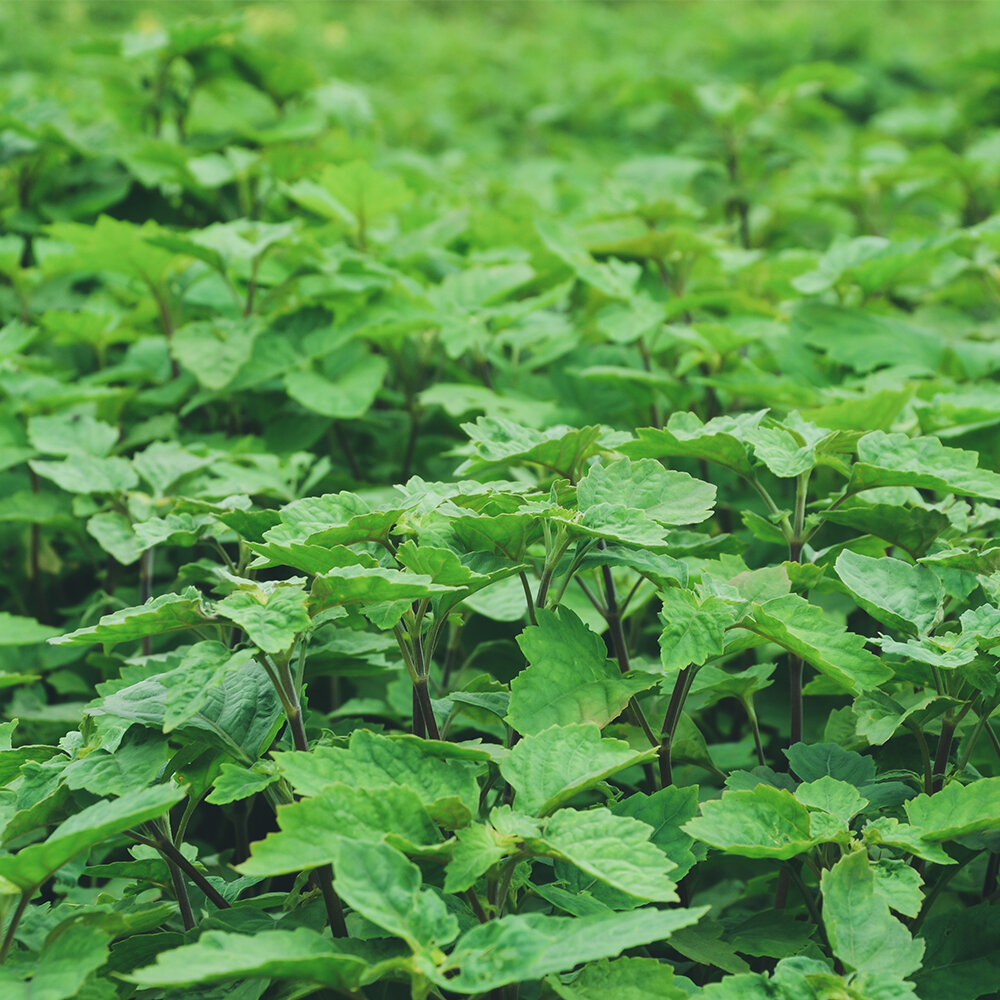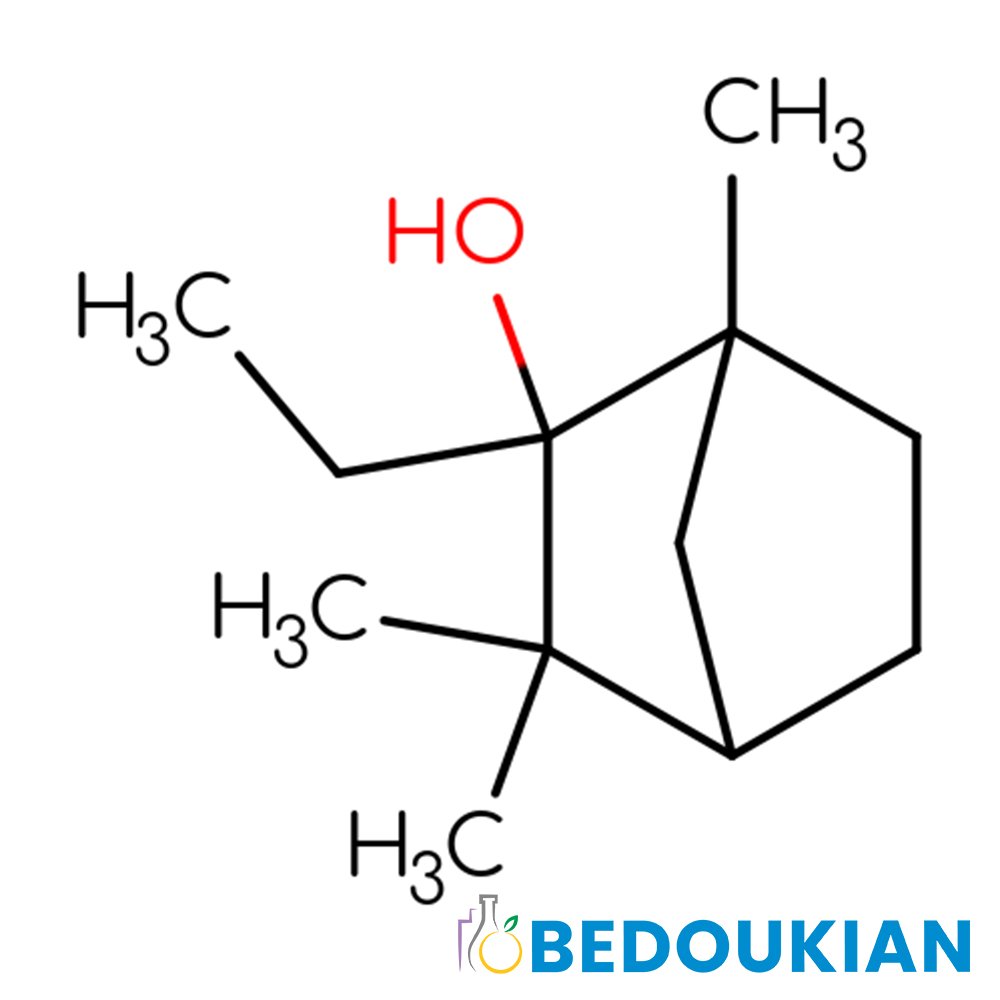Patchouli Light Indonesia Oil
Premium Natural Ingredient for Perfumery
Patchouli Light Indonesia Oil (CAS 8014-09-3) is a refined natural essential oil obtained from Pogostemon cablin and selectively distilled in Indonesia. This grade of patchouli offers a brighter, cleaner expression of the material, with reduced earthy heaviness and a more accessible woody-spicy profile. Its moderated intensity and lifted top note make it especially suitable for modern perfumery, where patchouli’s complexity is desired without overwhelming the formula. Its structure allows it to function as both modifier and mild fixative in fougère, woody, and oriental bases.
Premium Natural Ingredient for Perfumery
Patchouli Light Indonesia Oil (CAS 8014-09-3) is a refined natural essential oil obtained from Pogostemon cablin and selectively distilled in Indonesia. This grade of patchouli offers a brighter, cleaner expression of the material, with reduced earthy heaviness and a more accessible woody-spicy profile. Its moderated intensity and lifted top note make it especially suitable for modern perfumery, where patchouli’s complexity is desired without overwhelming the formula. Its structure allows it to function as both modifier and mild fixative in fougère, woody, and oriental bases.
Premium Natural Ingredient for Perfumery
Patchouli Light Indonesia Oil (CAS 8014-09-3) is a refined natural essential oil obtained from Pogostemon cablin and selectively distilled in Indonesia. This grade of patchouli offers a brighter, cleaner expression of the material, with reduced earthy heaviness and a more accessible woody-spicy profile. Its moderated intensity and lifted top note make it especially suitable for modern perfumery, where patchouli’s complexity is desired without overwhelming the formula. Its structure allows it to function as both modifier and mild fixative in fougère, woody, and oriental bases.
Natural Ingredient Overview
🏭 Manufacturer (if available): Indonesian distillers (Sumatra, Java)
🔎 Chemical name: Essential oil of Pogostemon cablin
🧪 Synonyms: Patchouli light oil, Light Indonesian patchouli
🧬 Chemical Formula: Complex natural mixture; major: patchoulol, seychellene
📂 CAS N°: 8014-09-3
📘 FEMA: 2838
⚖️ MW: Not applicable
📝 Odor type: Woody, Herbaceous
📈 Odor Strength: Medium to high
👃🏼 Odor Profile: Woody, aromatic-spicy, slightly camphoraceous; sweet-herbaceous body with reduced earthiness
⚗️ Uses: Fougere, chypre, woody and oriental accords; hair care, deodorants, masking agents
🧴 Appearance: Amber to light brown viscous liquid
What is Patchouli Light Indonesia Oil?
Patchouli Light Indonesia Oil is a fractionally distilled grade of patchouli, designed to offer a cleaner and lighter profile than traditional crude oil. This fraction is obtained either by molecular separation or selective early cut during distillation to minimize base-heavy notes such as barnyard, musty-earth, or phenolic dryness. The result is an oil that retains the spicy-warmth and woody body of patchouli but with less opacity and more aromatic transparency. Its growing role in modern perfumery stems from demand for natural complexity without vintage heaviness.
Olfactory Profile and Perfumery Applications
This grade opens with aromatic-spicy and sweet-herbaceous tones, supported by a light woody base. Compared to other patchouli types, the camphoraceous and earthy components are significantly reduced, improving its usability in contemporary structures such as transparent orientals, luminous fougères, and modern floral-woody blends.
Patchouli Light Indonesia Oil behaves as a versatile middle-to-base note, offering persistence and signature character with a cleaner profile. It is highly valued for its ability to support materials such as lavender, clary sage absolute, vetiver, oakmoss, cedarwood derivatives, and ionones—without darkening the final accord.
Industrial and Technical Uses
Due to its lighter nature, this oil is often used in hair care, deodorants, and skin-contact fragrance systems, where reduced tenacity and freshness are desirable. It also performs well in fine fragrance applications requiring less animalic or musty character. Its smoother profile makes it a preferred option for formulations where crude patchouli might be too dense or overpowering.
Regulatory and Safety Overview
IFRA Restrictions: No specific restrictions (Category 4 and 5 usage levels apply depending on final product)
EU Allergens: May contain trace levels of natural eugenol, linalool, or limonene
FEMA GRAS Number: 2838 — Recognized for flavoring use (limited application)
ECHA Classification: Not classified as hazardous under normal usage
REACH Registration: Registered for use in perfumery and cosmetics
Toxicology Notes: Safe under normal cosmetic concentrations; typically exhibits lower dermal reactivity than crude forms
✅ No regulatory concern when used within normal perfumery concentrations. Source consistency ensures standardization of lighter profile.
Ingredient Connections and Synergies
Patchouli Light Indonesia Oil functions effectively in tandem with:
Lavender Absolute – enhances herbal freshness in fougères
Clary Sage Absolute – complements its dry aromatic character
Ionone Alpha – adds floral-powdery softness and elevation
Cedarwood Atlas Oil – reinforces woody texture without heaviness
These pairings enable precise olfactory construction where balance and clarity are prioritized over density.
Sources
Steffen Arctander – Perfume and Flavor Materials of Natural Origin
FEMA GRAS Database
Perfume and Flavor Materials of Natural Origin, S. Arctander (1961)
IFRA Standards Documentation (51st Amendment)
PubChem CID 3080628
Indonesian Export Grade Data Sheets
Fulvio Ciccolo – Scentspiracy Technical Notes Archive



